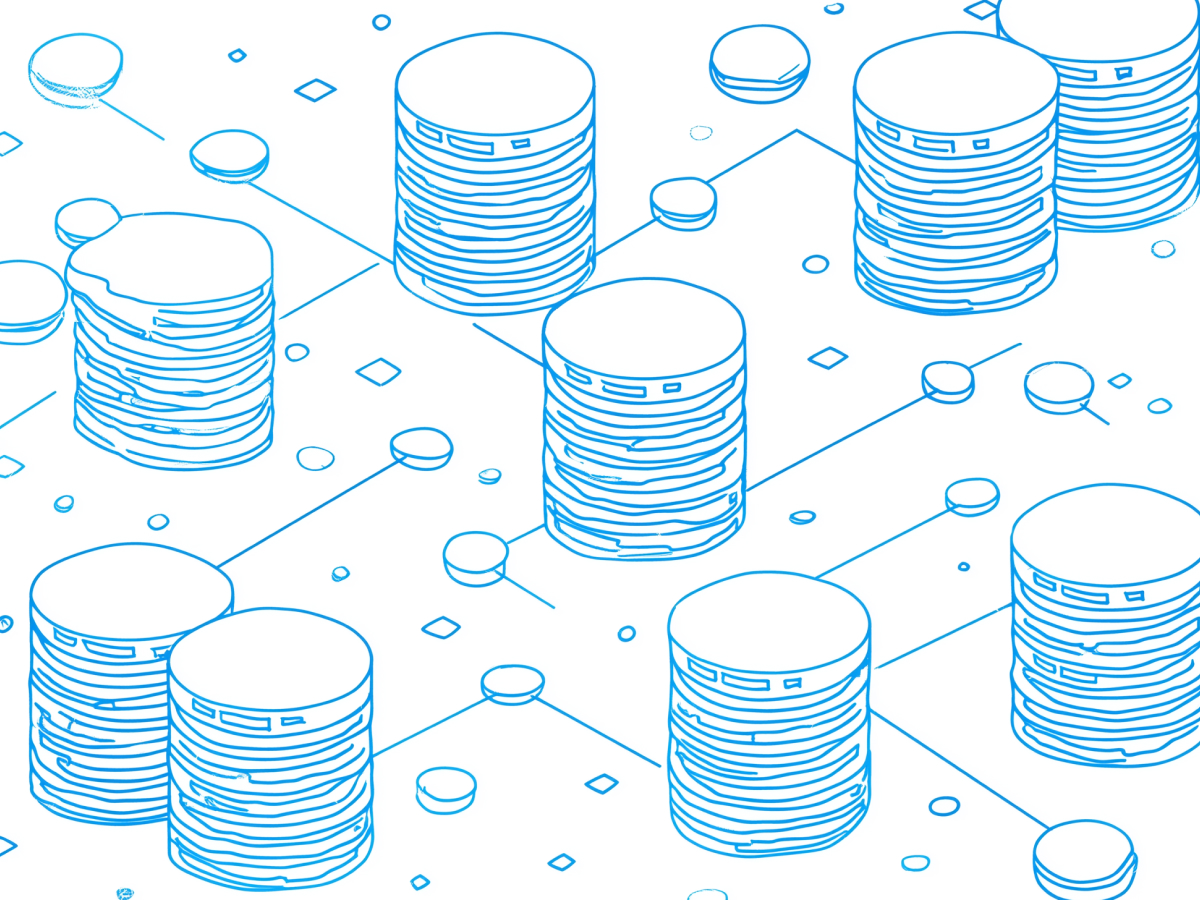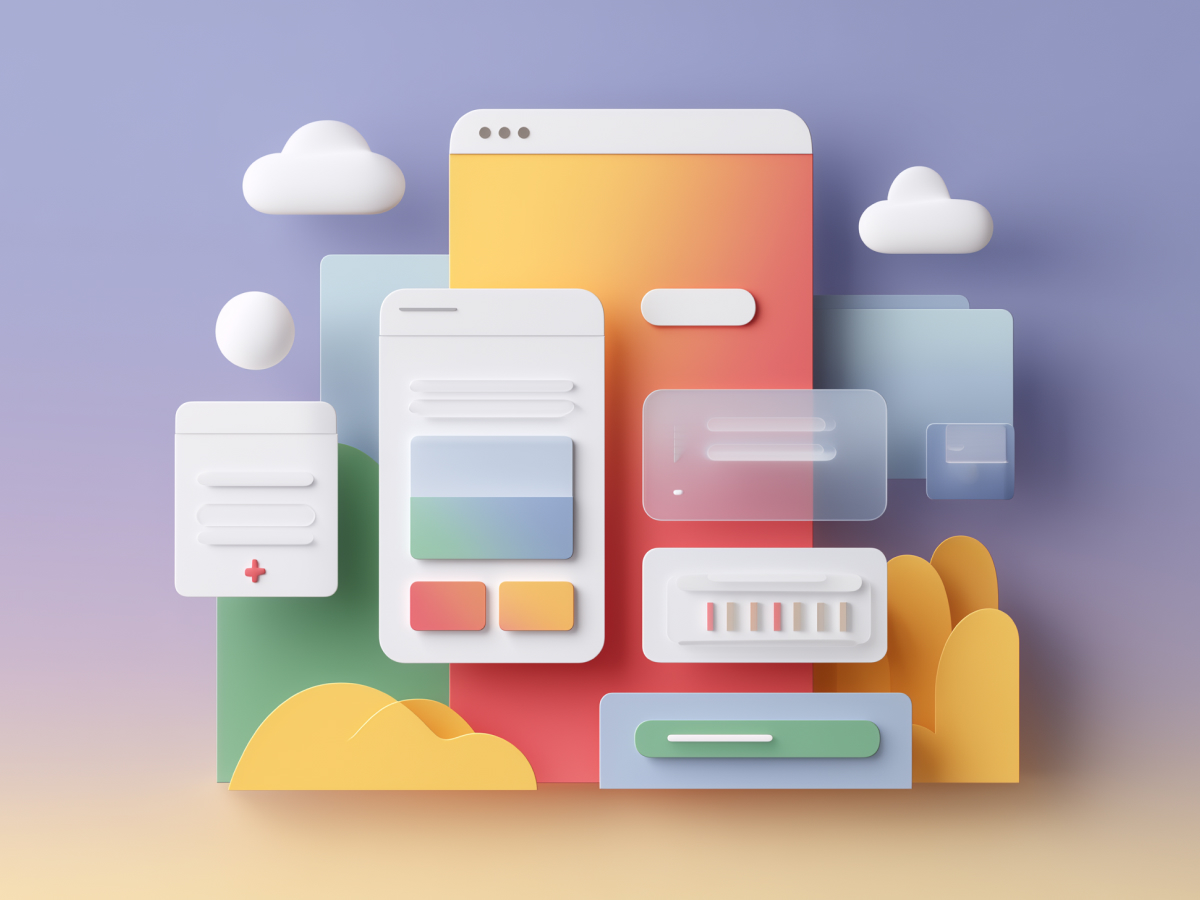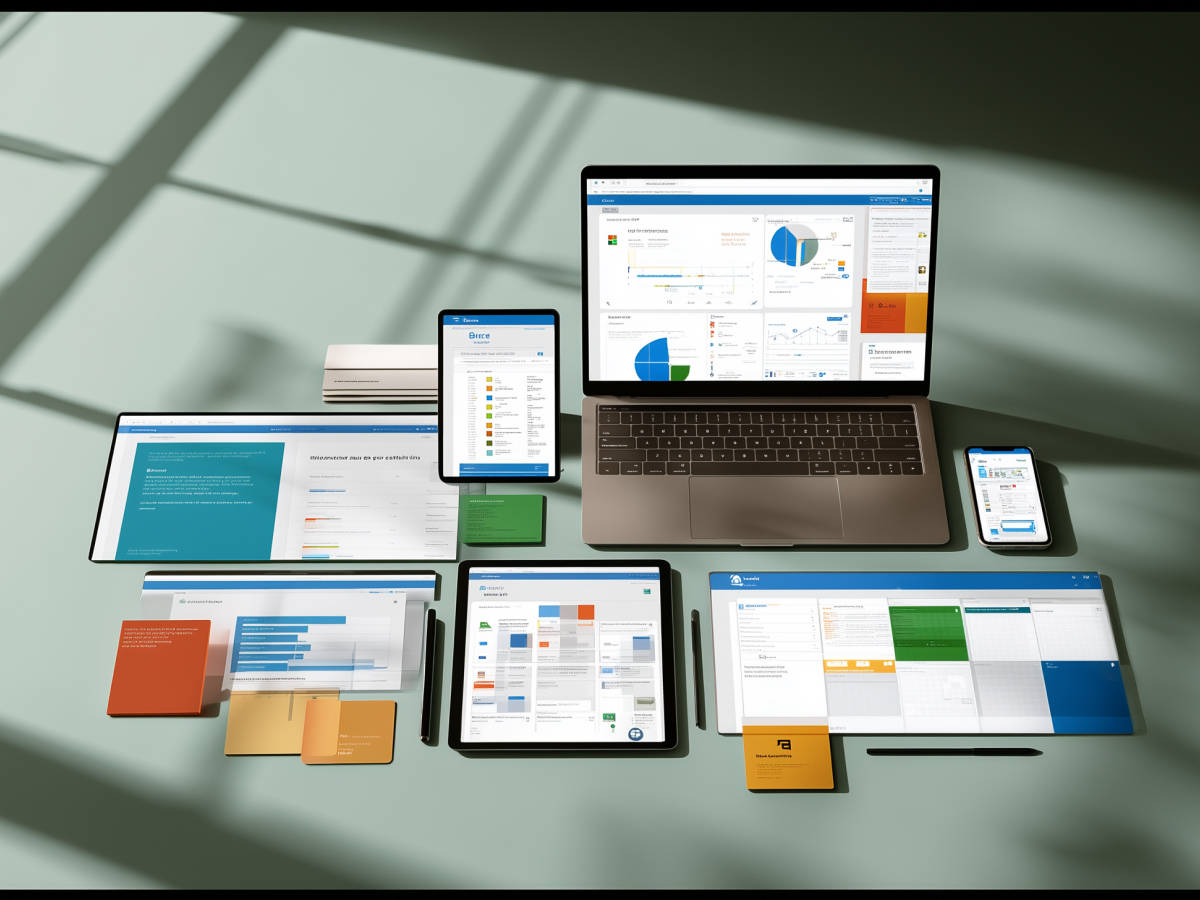The subscription economy is changing business-consumer engagement
Let’s keep this straightforward. The way people pay for things is changing. We’ve moved far beyond the idea of one-time purchases. Consumers now expect continuous access to products and services. That’s what’s driving the rise of the subscription economy. It’s not just about software or entertainment anymore, it’s across industries. Whether it’s a streaming platform or a luxury car experience, the model’s the same: pay regularly, get ongoing value.
Companies embracing this shift are fundamentally redesigning how they operate. Instead of optimizing for transactions, they’re building for relationships. We’re looking at recurring revenue, long-term customer engagement, and real-time feedback loops. That’s a better way to grow. It’s stable, scalable, and adaptive. The future is in continuous service delivery that gets smarter the more it’s used.
From a strategy angle, this is a big operational win. Predictable revenue means better forecasting, smoother resource planning, and fewer surprises. You’re not guessing next quarter. You know how many people are subscribed, what they’re paying, and how satisfied they are.
The data speaks loudly. According to The Subscription Economy Index, this market has grown 435% over the past decade, and it’s projected to hit $1.5 trillion by 2025. Meanwhile, research from Subscription Service Statistics and Costs shows the average consumer pays $133 per month, or about $1,600 a year, on subscriptions. That’s recurring money, quietly flowing into service providers at scale.
If you’re still selling the old way, it’s time to rethink. If you’re already in the game, make sure your model supports continuous improvement. Scale comes from adding precision, data, and efficiency to how you deliver value over time.
Consumer preferences are driving the adoption of subscription models.
Consumer behavior is changing, fast. Ownership isn’t the goal anymore. Access is. Millennials and Gen Z aren’t as focused on buying physical products. What they want is fast, flexible, and hassle-free service, delivered on their terms. Subscriptions tick all those boxes.
These generations are pushing the shift toward more sustainable, usage-based models. When people pay only for what they use or need, waste gets reduced, and efficiency improves. That aligns with current social and environmental expectations. Businesses that want to stay relevant must match this mindset. The value now lies in service, access, and personalization, not premiums on shelf price.
Demand is high. According to researchers, 8 in 10 adults use at least one subscription service. These aren’t passive users, they’re expecting seamless digital experiences from onboarding through daily interaction. If service quality drops, they’ll cancel. If the experience improves, they’ll stick around longer and spend more. Leaders need to understand what’s driving loyalty, convenience, control, and customization.
Isabelle Roussin, Chief Solution Expert on Quote-to-Cash at SAP, put it clearly: we’re moving away from an economy of abundance and into one defined by scarcity. That changes everything. Buyers are more conscious about what they pay for, how often they use it, and the overall impact. Especially younger users, who are choosing services that offer outcomes, not objects.
For strategic planning, this means rethinking how your company defines value. If you’re only selling features or inventory, you’re missing broader shifts. Focus instead on how your product or service solves a problem continuously. What the new generation wants is control without complexity. Deliver that, and market share follows.
Companies are using diverse subscription strategies to build customer loyalty
Businesses are choosing how to do it based on what fits their model, customer base, and operational capacity. What matters is picking a subscription strategy that delivers recurring value while staying scalable and cost-effective.
Typically, there are three clear models working well. First, there’s the add-on approach. Companies keep selling physical products but layer useful digital or service-based subscriptions on top. It’s a low-friction entry point for businesses looking to test recurring revenue without restructuring the core offer. Second, there’s bundling, offering a product combined with services like maintenance, support, or replenishment. That strengthens the relationship with the customer because you control more of the end-to-end experience. Third, there’s the full Everything-as-a-Service (XaaS) model. This is where companies stop selling stand-alone units and deliver the entire solution as a service, billed recurring. Adobe made this transition almost a decade ago, turning boxed software into a cloud-based service—still one of the cleanest execution examples in the market.
Each model carries its own operational and customer engagement requirements. With add-ons, friction stays low but differentiation can be shallow. With bundling, there’s better value delivery, but you need tighter logistics and customer support. With XaaS, data collection, infrastructure, customization, and platform uptime become mission-critical.
Isabelle Roussin, Chief Solution Expert at SAP, described these models with precise examples. One is a German window maker who still sells windows but added a subscription-based software layer to help builders design and assemble them more efficiently. That’s add-on value. Another is the printer model, hardware bundled with service and ink replenishment subscriptions. And then there’s Adobe’s full transition into SaaS, where customers subscribe and get constant access to updated software rather than buying a boxed version once.
For executives, the key is clarity on how your subscription model supports long-term unit economics and customer retention. This means delivering ongoing value worth renewing every cycle. Choose the model that fits what you can continuously deliver better than anyone else in your space.
IoT and AI are changing outcome-based subscription models.
Technology is now the core enabler of the most advanced subscription strategies. Businesses can no longer rely purely on fixed pricing or volume-based billing. What’s gaining traction is outcome-based monetization, charging customers based on the specific results delivered, not just on usage or access. And it’s only possible at scale because of IoT, real-time sensors, and machine learning.
Here’s how it works. IoT sensors embedded in products collect data on performance, consumption, environment, and condition. AI systems then process that data to predict needs, optimize performance, and flag issues before they occur. That data loop lets businesses track what customers are actually achieving, not just what they’re using. With clear metrics around output or success, billing shifts from generic use toward verified outcomes.
From a business standpoint, this model strengthens trust and retention. You’re delivering measurable value, not just providing access. If the product delivers better results for the customer, renewal likelihood improves, and so does pricing power. It’s a system that favors quality and clarity.
Isabelle Roussin, Chief Solution Expert at SAP, made a key point: companies are already experimenting with this “outcome-based” logic. For example, a manufacturer may stop selling drills altogether and instead charge based on the number of holes drilled. A washing machine provider might forgo one-time sales and charge for monthly laundry cycles instead. This adds precision and shifts focus to customer success.
For executive teams, this approach requires strong digital infrastructure. You need integrated systems, real-time analytics, and a product or service you can monitor at a granular level. But when done right, the model is self-optimizing. Customers win because they only pay for what works. Companies win with recurring income based on real impact. It’s high-efficiency business without unnecessary complexity.
Subscription and servitization models create a mutually beneficial ecosystem for both consumers and businesses.
This model works because it’s valuable on both sides. Customers benefit from paying only for the outcomes or access they need, no excess, no long-term ownership risk. In return, companies earn recurring revenue, improve operational predictability, and build stronger customer relationships with continuous engagement. It’s efficient, measurable, and scalable when properly implemented.
Servitization, converting a product into an ongoing service, extends the business relationship beyond the initial transaction. When customers subscribe, they’re entering into a long-term exchange. This shifts the company’s focus from product delivery to sustained value. It encourages better service, faster improvements, and more relevant offerings driven by user behavior and performance data.
For leadership teams, the structural ROI is compelling. Monthly or annual subscriptions reduce sales volatility, improve cash flow forecasting, and make customer lifetime value a tangible, measurable asset. At the same time, you’re gathering continuous feedback. That makes updating, iterating, or pivoting more straightforward. The key is consistency in product and service performance to maintain high renewal and satisfaction rates.
On the customer side, there’s less friction. They skip the high upfront costs and get ongoing utility, maintenance, or updates built into the model. It lowers the barrier to entry and encourages loyalty, if the value is maintained month after month. This is the foundation for expanding contracts, upselling with precision, and boosting net revenue retention.
Business leaders already investing in subscription models are unlocking margin stability and deeper user insights. But success depends on clear communication of value, strong service infrastructure, and internal alignment around customer outcomes. When that’s in place, subscription and servitization are a necessary evolution.
Key takeaways for leaders
- Subscription models drive long-term value: Executives should prioritize recurring revenue strategies to build predictable cash flow, streamline operations, and deepen customer relationships across diverse industries.
- Younger consumers are redefining demand: Leaders must align offerings with Millennial and Gen Z preferences for access, flexibility, and sustainability—focusing more on services, experiences, and outcome delivery than product ownership.
- Differentiated approaches unlock scalability: Businesses should evaluate which subscription model—add-ons, product-service bundles, or full-service (XaaS)—best supports their goals, customer expectations, and internal capabilities.
- Technology is key to outcome-based success: Decision-makers must invest in IoT, data analytics, and AI to enable intelligent, outcome-driven billing models that increase retention, demonstrate value, and support proactive service delivery.
- Servitization benefits both sides of the market: Companies that shift to service-based models can reduce churn, drive lifetime customer value, and ensure steady growth by consistently delivering results instead of one-time transactions.





